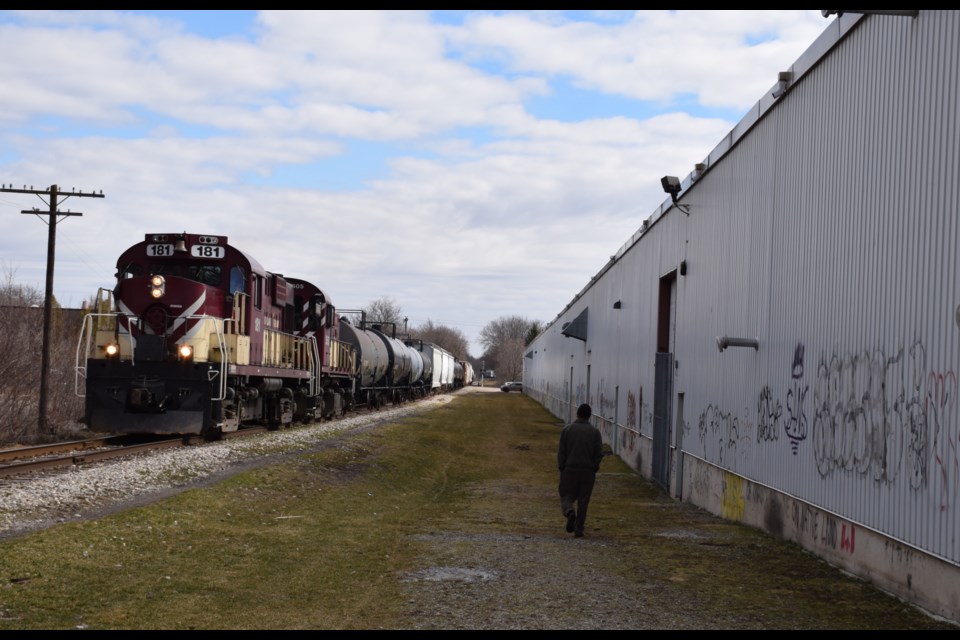St. Patrick’s Ward, just off to the east of Guelph’s downtown, has a certain something going on – a co-mingling of eras and people, traces of a bygone time blended with the contemporary.
The Ward is bordered on the north by the towering bluff that rises up to the St. George’s Park neighbourhood, and characterized throughout its length and breadth by very flat ground.
It has two rivers running through it, and two railroads.
Perhaps its most unique feature is one dating back to its earliest days, when neighbourhoods were designed to hold large manufacturing facilities that were surrounded by modest, working class homes. The Ward’s manufacturing sector is nearly gone now, but the factories and homes still coexist, making for a one-of-a-kind neighbourhood in Guelph.
In the first half of the 20th century, the Ward was the immigrant settlement neighbourhood in the city, with newcomers from Europe finding homes and jobs there. Peasant farmers and labourers from Italy made up a large part of that demographic.
One of the central cultural features of the Ward is its Italian Canadian Club and the Italian Vice Consulate building next door.
The neighbourhood is also home, at least for the next few months, of the Guelph Sikh Society – its gathering place and place of worship. And not far from that is the home of Guelph’s only community theatre stage, the Guelph Little Theatre.
While the Ward has a certain symmetry in its buildings, particularly in the homes along Ferguson Street, it also has many modest homes that have the kind of special character reminiscent of the hippie era of the 60s and 70s.
While it may not be the case in today’s heated real estate market, the Ward was for most of its history an affordable neighbourhood to live. With the recent addition of high-rise condominiums where an appliance factory once stood, its desirability as a place to live has increased.
This gallery of photographs was taken under partly sunny skies during a one hour walking tour of the neighbourhood.
